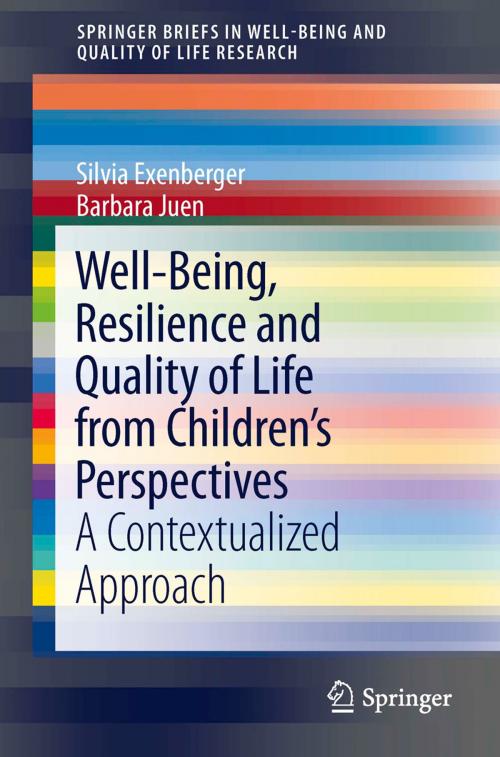Well-Being, Resilience and Quality of Life from Children’s Perspectives
A Contextualized Approach
Nonfiction, Health & Well Being, Medical, Nursing, Maternity, Prenatal, & Women&, Social & Cultural Studies, Social Science, Sociology| Author: | Silvia Exenberger, Barbara Juen | ISBN: | 9789400775190 |
| Publisher: | Springer Netherlands | Publication: | October 4, 2013 |
| Imprint: | Springer | Language: | English |
| Author: | Silvia Exenberger, Barbara Juen |
| ISBN: | 9789400775190 |
| Publisher: | Springer Netherlands |
| Publication: | October 4, 2013 |
| Imprint: | Springer |
| Language: | English |
This book explores the broad view on child well-being and the quality of life research. It starts with a discussion of the origin of the social indicator movement and a review of literature on the concepts of quality of life, (subjective) well-being and resilience. It then discusses the force of culture on child development, and shows how two prototypical environments favor either the independent or interdependent self-model. After an exploration of the shifts and changes in the child well-being indicator movement and trends of child well-being measurements, the book turns to research on Tsunami-affected children. The first part of the study gives these children and their caregivers a voice, formulating in their words what constitutes child well-being for them in the given circumstances. The concepts provided are processed in detail, contrasted, and then made into indicators. The second part of the study describes the introduction of a child well-being index based on these indicators. The book ends with four main conclusions reflected in a theoretical model of contextualized child well-being indicators.
This book explores the broad view on child well-being and the quality of life research. It starts with a discussion of the origin of the social indicator movement and a review of literature on the concepts of quality of life, (subjective) well-being and resilience. It then discusses the force of culture on child development, and shows how two prototypical environments favor either the independent or interdependent self-model. After an exploration of the shifts and changes in the child well-being indicator movement and trends of child well-being measurements, the book turns to research on Tsunami-affected children. The first part of the study gives these children and their caregivers a voice, formulating in their words what constitutes child well-being for them in the given circumstances. The concepts provided are processed in detail, contrasted, and then made into indicators. The second part of the study describes the introduction of a child well-being index based on these indicators. The book ends with four main conclusions reflected in a theoretical model of contextualized child well-being indicators.















